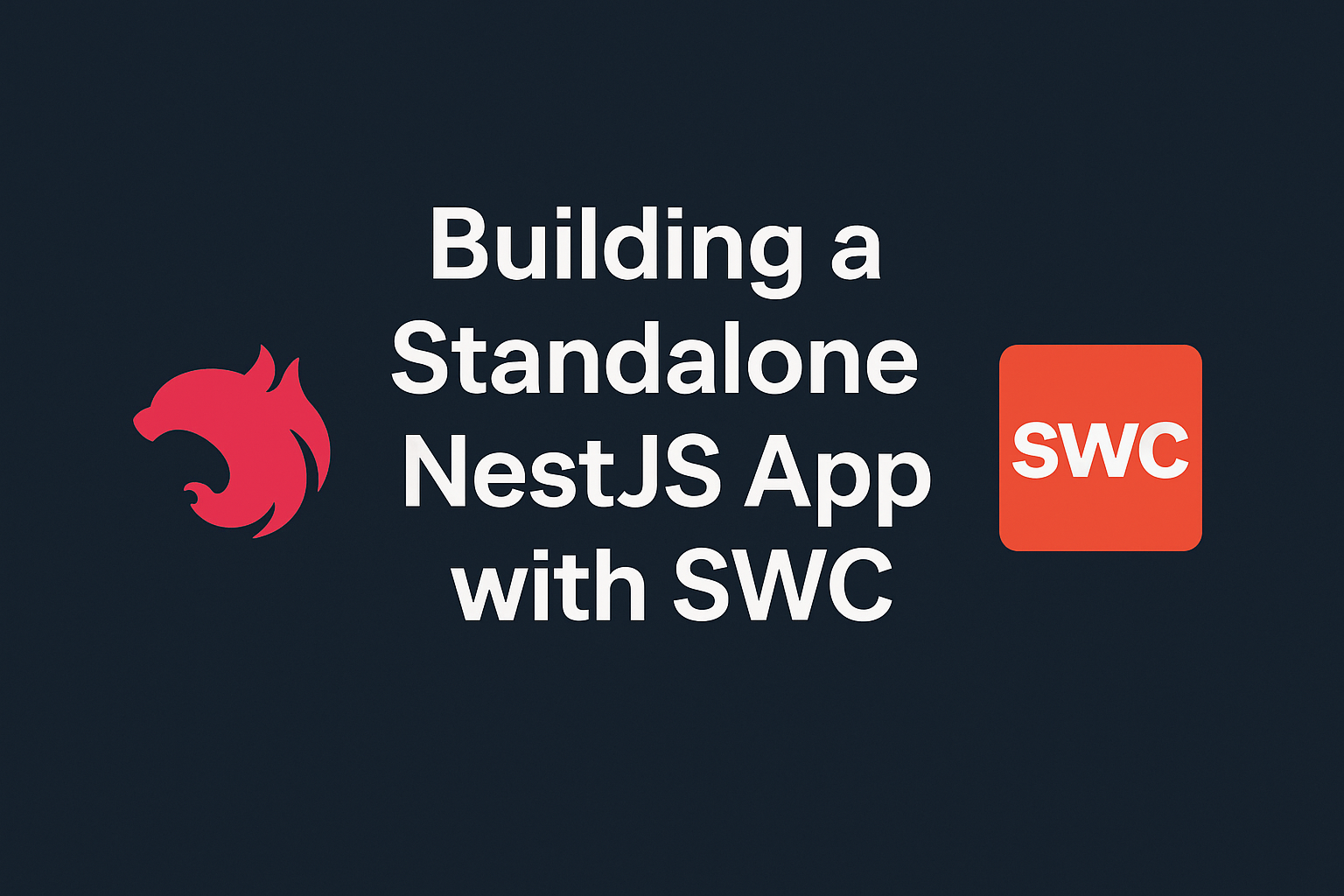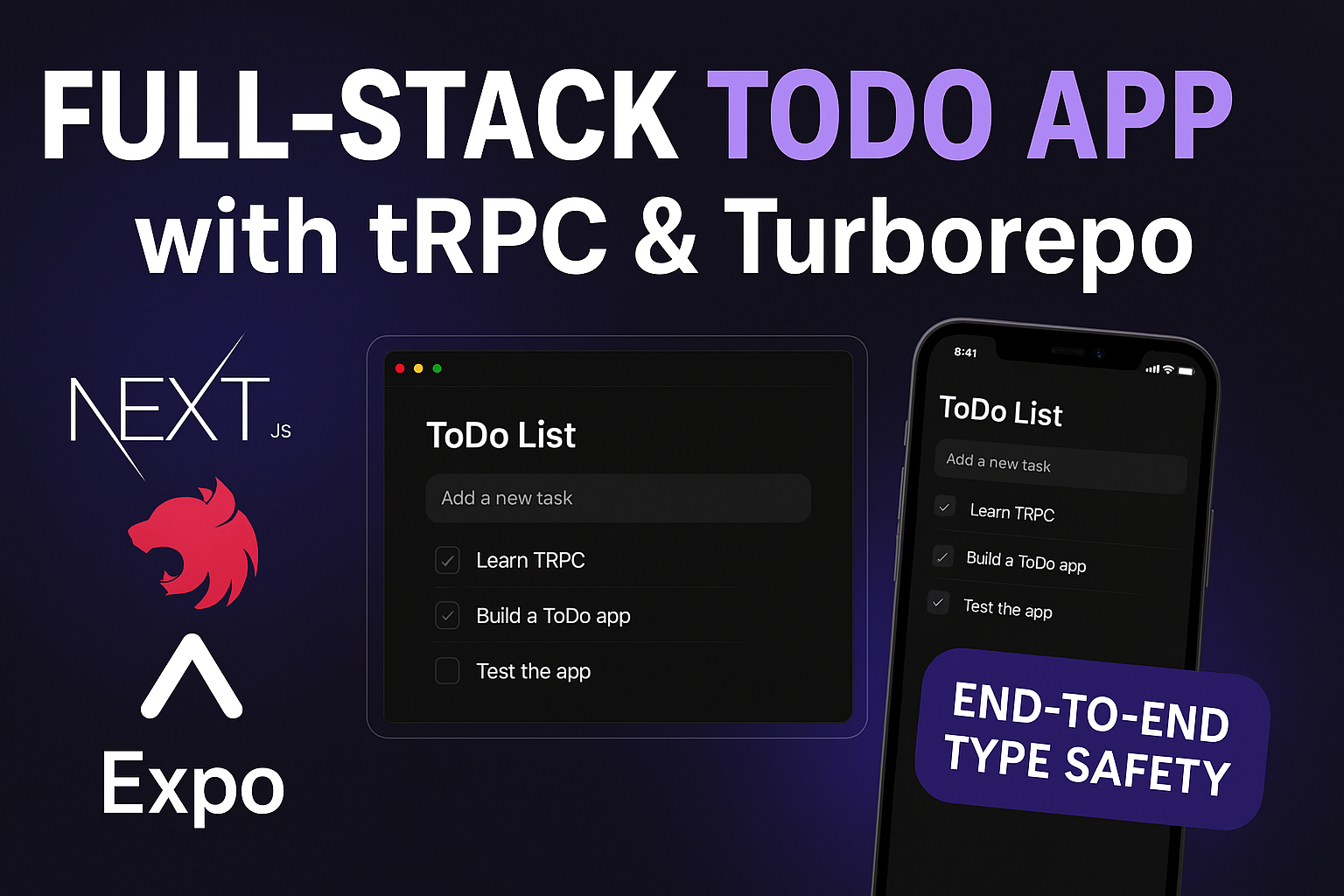Learn Full Stack Development
Courses & Lectures
Access all of my best-selling courses & exclusive member-only lectures to learn full-stack development and upgrade your skills. New content is added monthly.
Over 10000 Students
We’ve taught over 10000 paying students the best practices in full-stack development covering UI, Backend & DevOps technologies. You’re in good company!
Q&A Support
Join our community and get access to fast & friendly Q&A support from instructors & other students who are learning the same content.
Membership
Join over 10,000 other students and get access to all courses & lectures to learn full-stack development & take your skills to the next level.
Don’t Just Take My Word For It
See what my students have to say about their learning experience. Check out real reviews from those who’ve taken my courses and discover why they recommend it!











